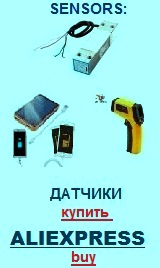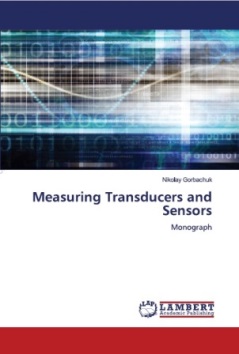Calibrating of thermocouple
If it is needed calibration thermocouple (id est to set dependence of thermo-electromotive force on the difference of temperatures of shuts of thermocouple) that it can be done, for example, as follows.
The simple experimental setting from which is clear essence of methods of calibrating is represented on a fig. 1. One shut of thermocouple (for example a copper (м) is a constantan (к)) is submerged in a vessel with butter (temperature of Т), other in a vessel with ice To =0 °С. Because calibration charts over in literature are brought in relation to 0 °С, then the best of all to adhere to this condition, because in future it is possible it will be easily to compare the got experimental results to tabular. In addition melting ice enables simply enough and exactly to fix one of temperatures in relation to which calibrating, and afterwards measuring is executed by means of this thermocouple. A vessel with butter is heated by an electric heater Н, and T taken temperature by the thermometer of t of necessary exactness. Arising up as a result of one heating of shuts of thermocouple thermo - E.M.F, measure by means of potentiometer of direct-current. We make a table or build the chart of dependence E.M.F from the temperature of Т.
If high exactness of calibrating and measuring is not needed, then it is possible to calibrate in relation to a room temperature. In this case the second shut can be placed in butter, being at a room temperature (That approximately 20 °С).
Fig. 1:
Transducers, gauges, sensors - Information portal © 2011 - 2025 Use of material is possible by placing an active link

русский / english
Calibrating of thermocouple (calibration charts)
For a condition, when a free end(shut) of thermocouple is at the zero of degrees celsius. A temperature is driven to °C, E.M.F. (tension) in mV.
chromel - alumel (-270 °с to 1370 °с)
(0 °с to 1820 °с)
chromel - constantan (-260 °с to 1000 °с)
copper - constantan (-270 °с to 400 °с)
chromel - kopel (-20 to 200 °с)
Home >> Temperature, thermoelectricity >> Calibrating of thermocouple
• Information about various converters and sensors of physical quantities, parameters of various physical processes is presented.
• Electrophysical properties and effects in various electrical materials.
• Theory, experimental results, practical application

See also:
CONVERTERS, GAUGES, SENSORS
Information, news, advertising


